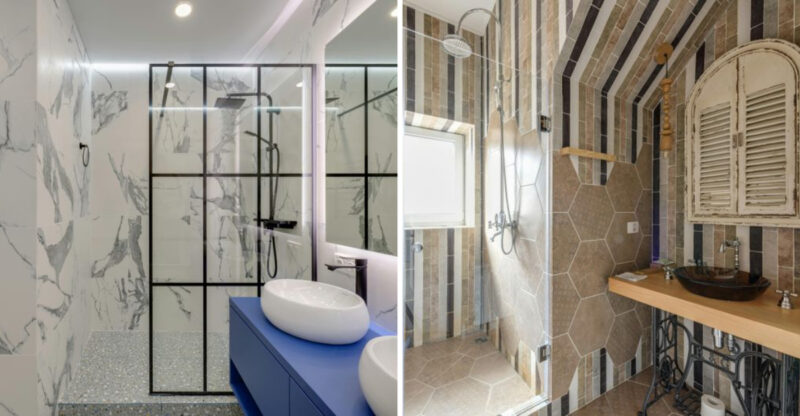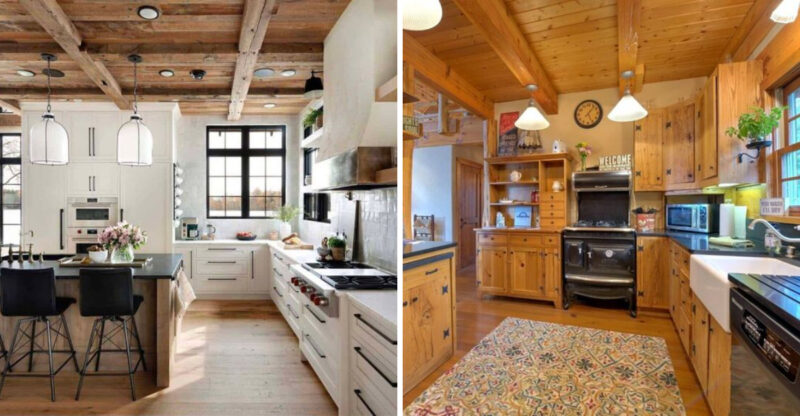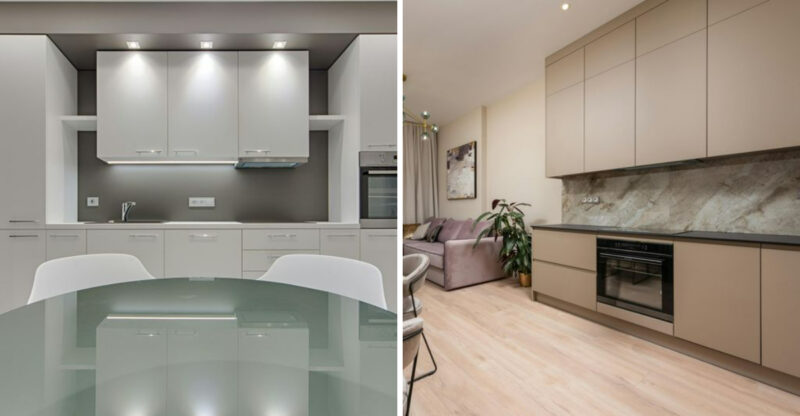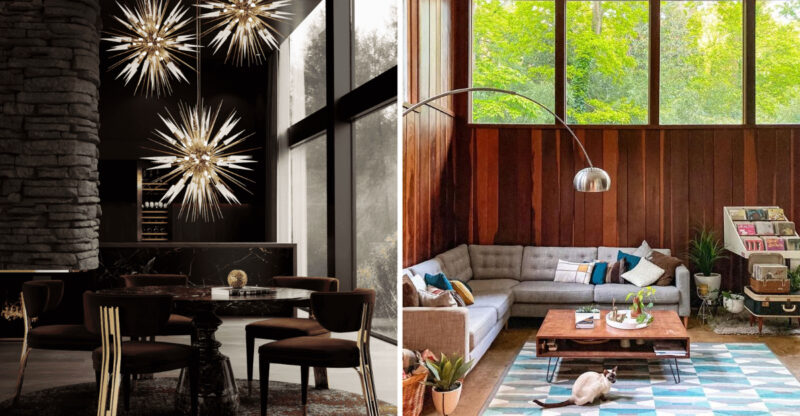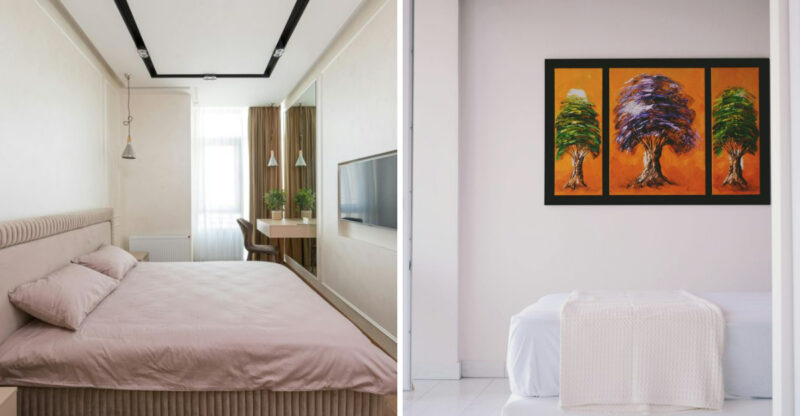Decorating Tips That Can Make Your Home Look Well-Designed

Making your home feel polished and put-together doesn’t require a big budget or professional help. Small changes in how you arrange furniture, choose colors, and display items can transform any space. With a few smart decorating tricks, you can create a home that looks thoughtfully designed and reflects your personal style.
This content is for general informational purposes only and may not be suitable for every home or situation. Consider consulting a design professional for personalized advice.
1. Anchor Each Room with a Statement Rug
A well-chosen rug can pull an entire room together instantly. When furniture floats without connection, spaces feel unfinished and awkward.
Placing at least the front legs of sofas and chairs on the rug creates visual unity. This simple trick defines the conversation area while adding warmth, texture, and personality to your floor.
2. Hang Curtains Higher Than the Window Frame
Mounting curtain rods near the ceiling instead of right above the window frame works wonders. Your walls suddenly appear taller and the room feels more spacious.
Let the fabric fall all the way to the floor for maximum effect. This elongates your space without changing anything structural, giving any room an upscale appearance.
3. Create Balance with Symmetrical Arrangements
Matching elements on both sides of a focal point brings instant calm to a room. Our eyes naturally seek balance, so symmetry feels comfortable and intentional.
Try placing identical lamps on either side of a sofa or bed. Even similar items in the same color can create this harmonious effect without being too matchy.
4. Layer Your Lighting for Depth and Warmth
Relying only on overhead lights makes rooms feel flat and uninviting. Different light sources at various heights add dimension and mood.
Combine table lamps, floor lamps, and perhaps candles to create layers. This approach lets you adjust brightness for different activities while making your space feel professionally designed and welcoming throughout the day.
5. Display Books and Objects in Odd Numbers
Grouping items in threes, fives, or sevens looks more natural than even numbers. This design principle comes from how our brains process visual information.
Stack three books on a coffee table or arrange five candles on a mantel. Odd-numbered groupings feel balanced yet dynamic, adding a designer touch without obvious effort.
6. Incorporate Different Textures for Visual Interest
Rooms with only one texture feel flat, even when colors are perfect. Mixing smooth, rough, soft, and shiny surfaces creates depth that catches the eye.
Pair a velvet pillow with a chunky knit throw, or place a glass vase on a wooden table. Contrasting textures make spaces feel richer and more thoughtfully composed.
7. Keep Surfaces Mostly Clear with Curated Items
Cluttered counters and tables make even beautiful homes feel messy. Selecting just a few meaningful items to display creates breathing room.
Choose pieces you genuinely love rather than filling every inch. This edited approach looks intentional and sophisticated while making your home easier to clean and more peaceful to enjoy daily.
8. Add Greenery to Bring Life Indoors
Plants instantly make spaces feel fresh, alive, and thoughtfully decorated. Even artificial greenery works if you struggle with plant care.
Place larger plants in empty corners and smaller ones on shelves or tables. The natural element softens hard edges in rooms while adding color and texture that never goes out of style.
9. Define Spaces with Area Rugs in Open Layouts
Open floor plans can feel confusing without clear boundaries. Rugs act as invisible walls that separate areas without blocking light or views.
Place one rug under your dining table and another in the living area. This simple strategy creates distinct zones that help each space feel purposeful and organized within the larger room.
10. Create Visual Height with Vertical Elements
Drawing eyes upward makes ceilings seem higher and rooms more spacious. Vertical lines create this illusion naturally.
Tall bookshelves, floor-length mirrors, and vertical artwork all work beautifully. Even striped wallpaper or tall plants can achieve this effect, making any room feel more grand and architecturally interesting than it actually is.

